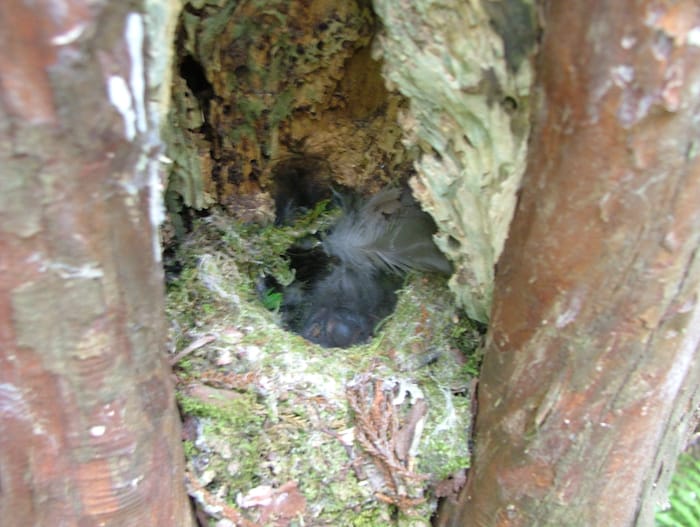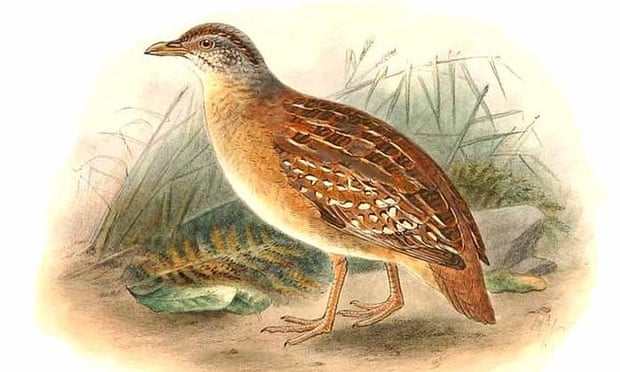Yellow Breasted Tit

Yesterday I was over at Mill Creek and came across a male Yellow Breasted Tit. These are our second smallest bird, after the Rifleman. We see them throughout our forest, but most often on the forest edges and on Ulva Island particularly working along the sandy beach edge. They are insect feeders, and will take these from beach, forest floor and from the trunks and branches.
Nesting

Their deep cup shaped nests are often quite low to the ground, and generallly sheltered from above. This makes them quite vulnerable to rat predation, especially when coupled with their habit of not flying off with the youngs fecal sacs. Something they share with so many of our native species. Broods are from 3 to 5, and they will often nest twice in a season.
The males are quite hansom with their glossy black back and wings, white bar at the base of the forehead and yellow sometimes with a tinge of red upper and white lower breasts. The females are similar, but much more muted and without the glossiness and the colour on the breast, with the white almost muddy.
They are not particulary “social” as far as humans are concerned and often quite difficult to get close to. Although as they seldom sit still for more than a few seconds this may just be natural hyper-activity.
But having said this I do think that those of our New Zealand natives who frequent more open habitat are the least approachable. Probably natural enough when you think about it as pre-human New Zealand forest was a remarkably benign environment for our bird species. Of the 7 or so avian predator species we had, only a couple of the flighted ones … and both these nocturnal….would have worked inside the forest, with the rest either flightless or eagle types which would have been quite restricted in their ability to hunt within our dense forest types. So from that the “shyness” of those of our bird species which were to be found in more open country of forest edges is to be expected.
Peter Tait
Peter Tait is a professional nature guide based at Stewart Island, New Zealand, and he works primarily on Ulva Island Open Sanctuary. Peter has been resident on the Island for over 40 years and was one time Forest Ranger in Charge of Stewart Island. Fishing followed forestry and was in turn followed by Talisker, a 17m charter yacht. He is qualified Skipper Deep Sea Fishing Vessel. In addition to guiding Peter and his wife Iris are hosts at Sails Ashore Lodge.


Leave a Reply